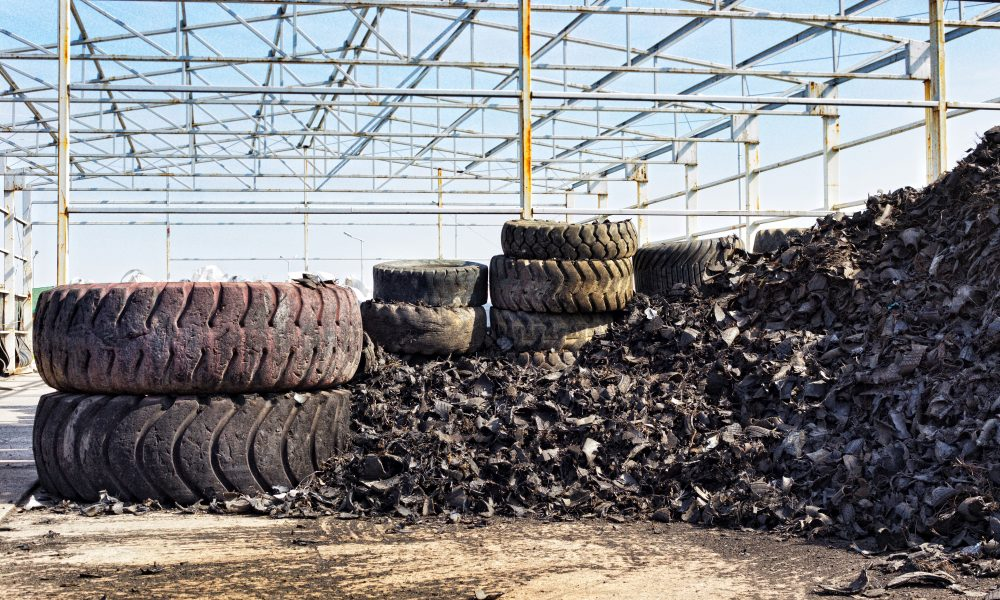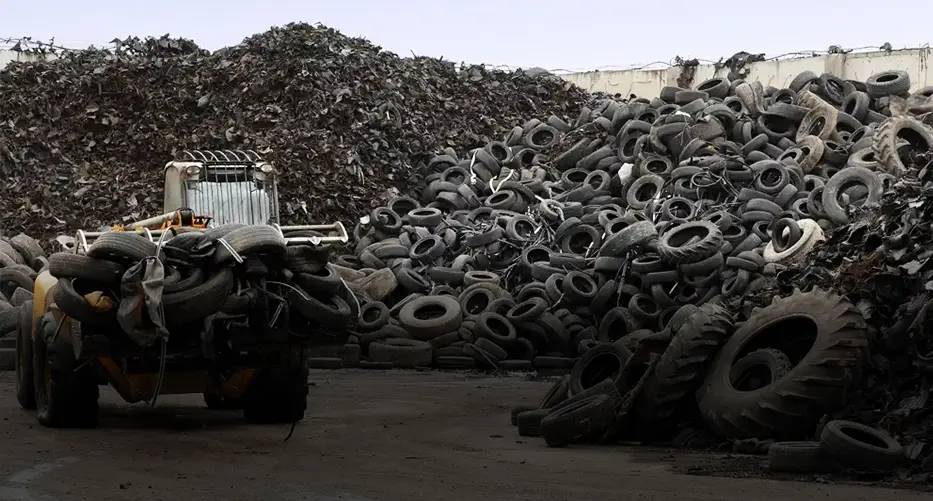The global Tire Recycling Downstream Products Market is expected to witness significant growth in the coming years. With increasing environmental concerns and rising government regulations on tire disposal, companies are shifting towards sustainable methods of managing end-of-life tires. This market, which includes products derived from processed scrap tires such as rubber mulch, crumb rubber, rubber powder, and steel, is gaining traction worldwide.
Key industry players like Genan, EcoGreen, and Granutech are leading innovations and driving this momentum forward. Their role in transforming waste into high-quality, reusable materials is setting new standards in the green economy.
What Are Downstream Products in Tire Recycling?

Downstream products are those materials created after used tires go through a recycling process. These include:
- Crumb rubber used in sports surfaces and playgrounds
- Rubber mulch used for landscaping
- Steel extracted from radial tires for reuse
- Rubber powder used in manufacturing rubber products
- Tire-derived fuel (TDF) as an energy source for industries
These products are used in a variety of sectors including construction, automotive, agriculture, energy, and sports. The demand for these recycled materials is rising rapidly as industries look to reduce their carbon footprint.
Market Trends Supporting the Growth
Several major trends are contributing to the growth of the tire recycling downstream products market:
- Eco-Friendly Regulations: Countries across North America, Europe, and Asia are imposing strict environmental laws for waste tire disposal.
- Circular Economy Initiatives: There is a growing focus on creating sustainable, circular supply chains by converting waste into valuable products.
- Infrastructure Growth: Rising investments in playgrounds, sports facilities, and landscaping are increasing the demand for rubber mulch and crumb rubber.
- Industrial Fuel Demand: TDF is becoming a popular alternative to coal and petroleum in cement plants and paper mills.
Key Players Driving Market Innovation
Genan
Genan is one of the largest tire recyclers in the world. With facilities in Europe and the U.S., Genan specializes in converting scrap tires into fine rubber granulate, rubber powder, textile fibers, and steel. The company has built a reputation for producing high-purity, high-quality outputs suitable for demanding industrial applications.
EcoGreen Equipment
EcoGreen Equipment offers state-of-the-art tire shredding and recycling systems. Known for their innovation, EcoGreen provides full-scale recycling solutions that transform waste tires into marketable materials. Their systems are designed for energy efficiency and high-output performance, making them a preferred partner for sustainable projects.
Granutech-Saturn Systems
Granutech-Saturn Systems is another industry pioneer with a wide range of tire recycling equipment. Their Saturn series of shredders and granulators offer solutions for processing whole tires down to fine rubber powder. Granutech has made a name for itself by delivering reliable systems and customized recycling solutions.
Regional Insights: Where the Growth is Happening

North America
The U.S. and Canada are leading the charge in the adoption of tire recycling downstream products. Thanks to strong governmental support and increasing infrastructure development, North America is expected to hold a major market share through 2030.
Europe
Countries like Germany, France, and the U.K. have implemented strict regulations on landfill use and are promoting recycling in all industries. Europe is also home to several leading tire recyclers and continues to invest in research and development.
Asia-Pacific
China and India are emerging markets with massive potential. The rise in vehicle ownership and industrialization has created a parallel surge in waste tire generation. Governments in these countries are encouraging private investments in recycling infrastructure.
Market Challenges to Watch
While the market outlook is positive, it is not without challenges. These include:
- High Equipment Costs: Setting up a tire recycling plant requires significant investment in machinery and infrastructure.
- Limited Consumer Awareness: In many developing countries, knowledge about downstream products is still low.
- Collection and Logistics: Efficiently collecting and transporting scrap tires remains a logistical hurdle in some regions.
Future Outlook: What’s Next?
Experts predict that by 2030, the tire recycling downstream products market will grow at a CAGR of over 7%. New technologies like AI-based sorting, automated shredding, and blockchain for supply chain transparency are expected to revolutionize the sector.
Additionally, companies are now exploring biodegradable binders and eco-friendly additives to enhance the performance of recycled rubber materials. These innovations aim to further reduce the environmental footprint of the production process.
Final Thoughts
The tire recycling downstream products market is no longer a niche industry. With strong support from global policies and growing demand for sustainable materials, this market is well-positioned for substantial growth. Giants like Genan, EcoGreen, and Granutech are leading the charge with cutting-edge technologies and eco-conscious solutions.
For companies and investors looking to contribute to a greener future while tapping into a profitable sector, now is the time to act.
Also Read – Discover Why Yampa Valley Is Colorado’s Best-Kept Secret






